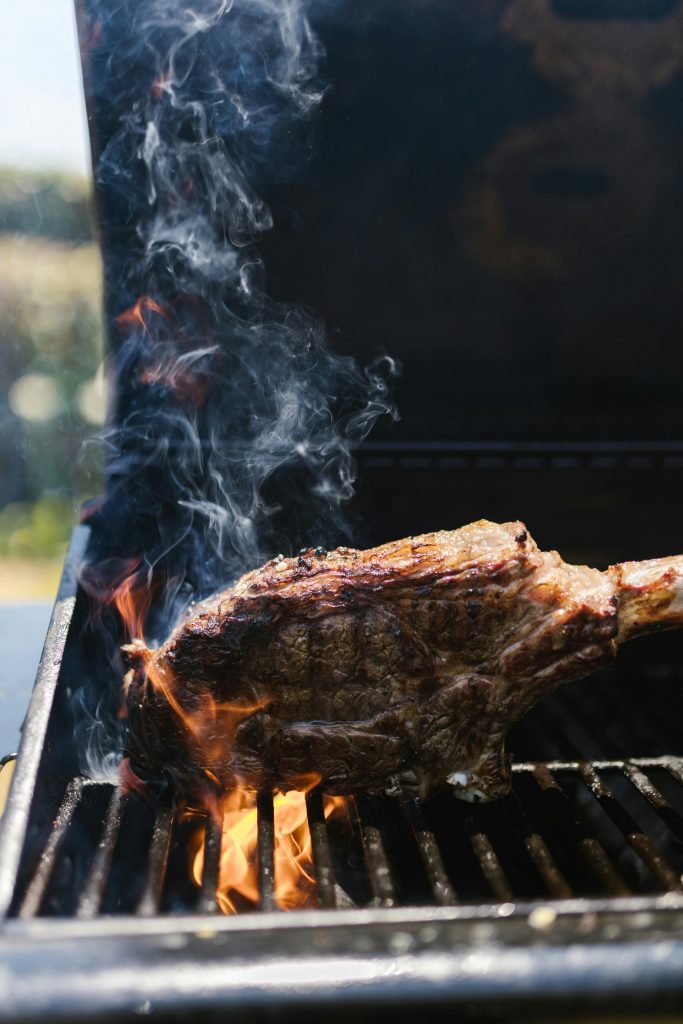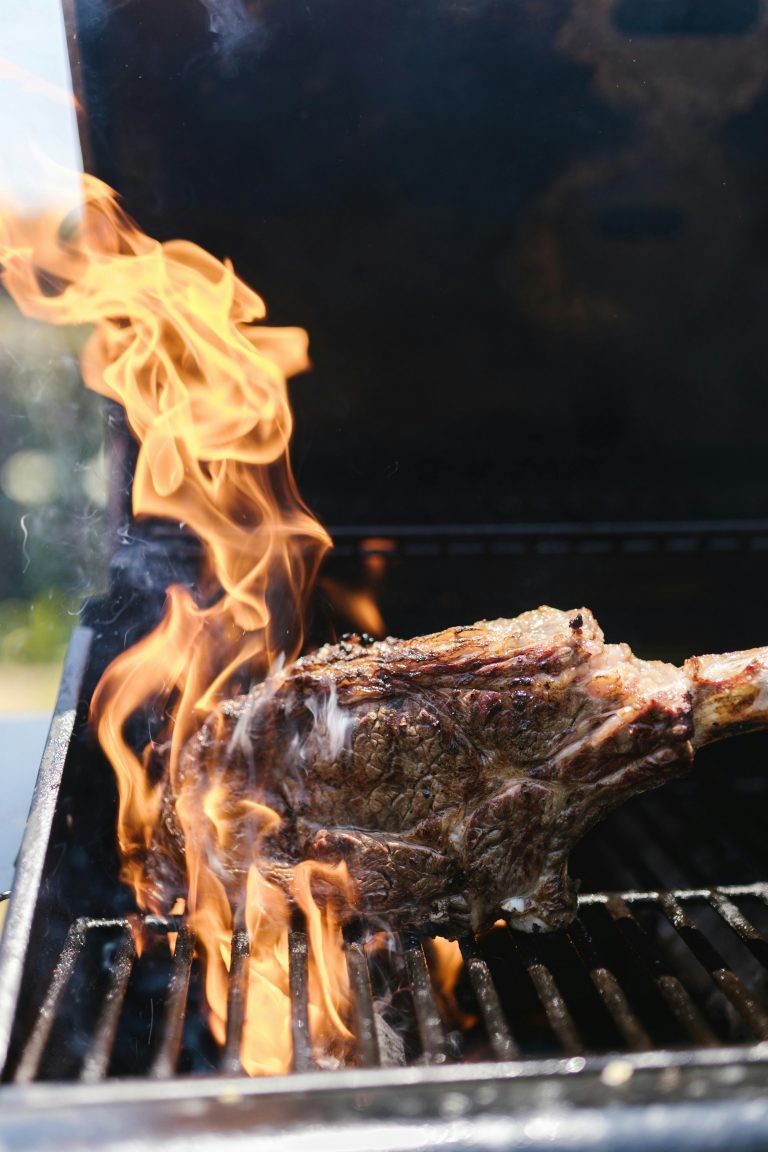There’s something undeniably satisfying about the aroma of slow-smoked meat wafting through the air.
Whether it’s a lazy Sunday braai or a weekend get-together with friends, smoking meat is one of those culinary skills that draws you in. But if you’ve never tried it before, the process can feel a little daunting—coals, smoke, vents, temperature gauges—where do you even start?
To help demystify the world of smoking, I spoke to Justin Major, the man behind Major’s Kitchen, who has built a reputation for seriously good, slow-smoked food. His advice? “Start simple, be patient, and don’t give up if the first try isn’t perfect.”
Here’s a beginner’s guide to smoking meat:
What you’ll need to get started
You don’t need to rush out and buy a fancy smoker. A basic kettle braai, like a Weber, works just fine for beginners. Justin also recommends investing in an instant-read or dual-probe thermometer. “It removes the guesswork,” he explains. “One probe monitors the internal temperature of the meat, while the other tracks the temperature inside your smoker.”
Start with easy meats
Some meats are trickier to master than others. According to Justin, chicken is the best meat to start with. “It’s more forgiving and less expensive than brisket or beef ribs, so it’s great for learning.”
The right wood matters
Yes, your wood choice matters—a lot. “Stronger woods like oak and hickory are great for red meats, while lighter woods like apple and cherry suit chicken and fish,” Justin shares. For an easy start, he suggests dry wood chunks or chips scattered directly onto your coals.
Read more: How to defrost meat quickly and safely

Start with a basic smoking method
Smoking isn’t something you rush. “It takes preparation and patience,” Justin says. He recommends dry brining your meat the night before—simply salt it and leave it uncovered in the fridge overnight. This helps lock in moisture and enhances the smoky flavour.
Next, prep your smoker. If you’re using a kettle braai, try the “snake method” for setting up coals (YouTube has some great tutorials). Once your smoker reaches the right temp—around 105°C to 130°C—and the smoke turns whispy and blue, it’s time to add the meat.
Resist the urge to peek. “If you’re looking, it ain’t cooking,” Justin warns. Opening the lid too often causes temperature swings and lets the smoke escape.
Cook low and slow until the meat reaches its target internal temperature, then let it rest for at least an hour. That’s when the magic happens and everything becomes juicy and tender.
Mistakes to avoid
- Adding meat too early: Wait until the smoke is clean and not dark grey.
- Inconsistent heat: Keep temperatures steady—like you would with your oven.
- Opening the lid too often: Just don’t.
Keep it simple with flavours
Forget fancy marinades for now. Justin swears by salt and pepper as the best rub for beginners. “It lets the flavour of the meat and smoke come through.” For added flair, he enjoys using Cape Herb & Spice rubs, especially the Smokeyhouse BBQ and Greek Lemon & Herb blends. For chicken wings? A sweet, smoky BBQ basting does the trick right at the end.
Stay moist
To keep your meat juicy over long cooks, Justin suggests spritzing it every so often with a mix of apple juice and apple cider vinegar. This helps prevent the surface from drying out without messing with the flavour.
Smoking meat is more than just a cooking method—it’s a ritual. It’s slow, mindful, and incredibly rewarding. As Justin puts it: “Don’t expect perfection the first time, but keep at it. The results are worth it.”
ALSO SEE: SHOULD YOU RINSE YOUR MEATS BEFORE COOKING OR FREEZING?

